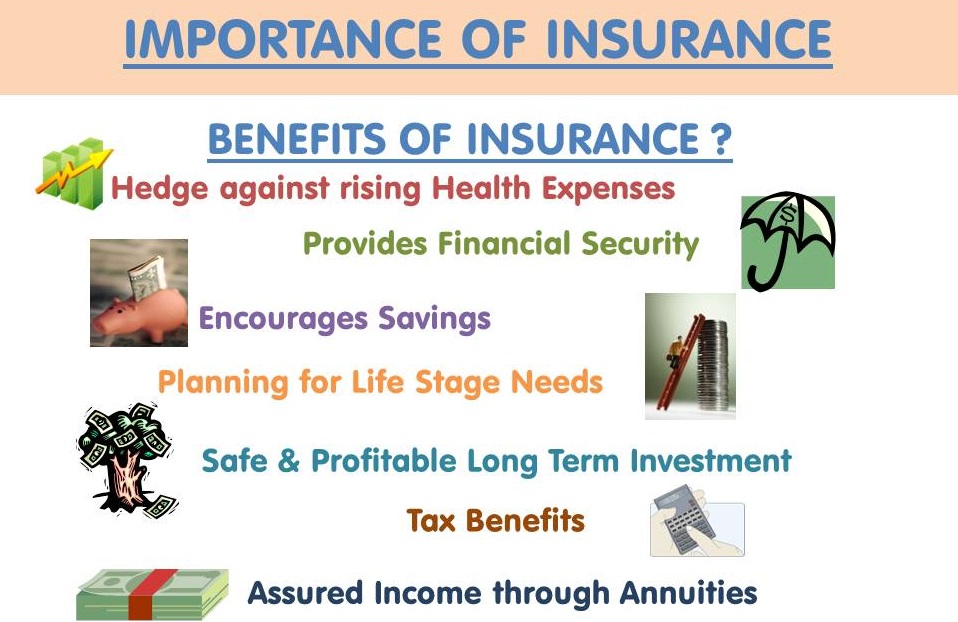Things about Pacific Prime
Things about Pacific Prime
Blog Article
What Does Pacific Prime Do?
Table of ContentsGetting The Pacific Prime To WorkSome Of Pacific PrimeThe Definitive Guide to Pacific PrimeNot known Details About Pacific Prime
In most states, the insurance provider is required to send you a copy of the adjustments to your plan. It is essential that you read Endorsements or Motorcyclists so you recognize how your plan has transformed and if the plan is still adequate to fulfill your requirements. To obtain a duplicate of your insurance coverage, please contact your insurance coverage agent or company.
The Institute of Medicine (IOM) Board on the Effects of Uninsurance launches an extensive examination of evidence that addresses the value of wellness insurance coverage with the magazine of this report. Coverage Issues is the first in a series of 6 records that will certainly be provided over the next 2 years documenting the reality and consequences of having actually an approximated 40 million people in the USA without wellness insurance protection.

Pacific Prime for Dummies
The goal of this series of research studies is to redouble policy interest on a historical problem. Complying with the longest economic growth in American background, in 1999, an approximated one out of every six Americans32 million grownups under the age of 65 and even more than 10 million childrenremains uninsured (Mills, 2000).

Ten percent of the population make up 70 percent of healthcare expenditures, a correlation that has remained continuous over the previous 3 decades (Berk and Monheit, 2001) - group insurance plans. Therefore medical insurance proceeds to offer the function of spreading out danger also as it increasingly finances regular treatment. From the viewpoint of healthcare carriers, insurance brought by their people helps secure a profits stream, and neighborhoods gain from monetarily practical and steady health and wellness care professionals and institutions
Government gives medical insurance to populations whom the private market may not offer successfully, such as disabled and seniors, and populations whose access to health and wellness treatment is socially valued, such as kids and pregnant females. The utmost ends of medical insurance coverage for the individual and areas, including workplace neighborhoods of workers and companies, are boosted health and wellness results and lifestyle.
The smart Trick of Pacific Prime That Nobody is Talking About
Employees place health and wellness insurance coverage first by much in importance among all the advantages provided in the work environment (Salisbury, 2001). There have been sizable investments of individual and public funds to offer health insurance policy, many people still have no protection. Despite comprehensive coverage of survey findings and health and wellness care study results, the general public continues to be overwhelmed and misinformed regarding Americans without medical insurance and the effects of doing not have protection.
:max_bytes(150000):strip_icc()/basics-to-help-you-understand-how-insurance-works-4783595_final-9cf74d5b66d14f88a21ab29ddb290e2d.png)
Without doubt, the complexity of American healthcare funding systems and the wealth of resources of details contribute to the public's complication and apprehension about health and wellness insurance policy statistics and their interpretation. This report and those that will comply with aim to boil down and provide in readily easy to understand terms the comprehensive study that bears upon questions of medical insurance protection and its importance.
Fifty-seven percent of Americans polled in 1999 believed that those without health and wellness insurance policy are "able to get the care they need from doctors and hospitals" (Blendon et al., 1999, p. 207). In 1993, when nationwide attention was concentrated on the troubles of the uninsured and on pending healthcare legislation, simply 43 percent of those polled held this belief (Blendon et al., 1999).

They additionally receive fewer precautionary services and are much less most likely to have routine take care of chronic conditions such as high blood pressure and diabetes. Persistent illness can lead to expensive and disabling Get More Information difficulties if they are not well handled (Lurie et al., 1984; Lurie et al., 1986; Ayanian et al., 2000). One nationwide study asked greater than 3,400 grownups concerning 15 extremely serious or somber problems.
The Definitive Guide to Pacific Prime
Added proof is provided later in this phase in the conversation of insurance and access to healthcare. https://www.tumblr.com/pacificpr1me/746587211067195392/we-are-an-award-winning-insurance-intermediary-of?source=share. People without medical insurance are young and healthy and select to go without insurance coverage. Nearly fifty percent (43 percent) of those checked in 2000 thought that people without health insurance policy are more probable to have health issue than people with insurance
Voters and plan manufacturers in focus team conversations characterize those without insurance as youths who have the chance to be covered and feel they do not need it (Concierge Novelli, 2001). Contrasted to those with a minimum of some personal coverage, the without insurance are much less likely to report remaining in outstanding or very great wellness (Company for Medical Care Research and Top Quality, 2001).
SOURCE: Center for Cost and Funding Research Studies, Agency for Health Care Research and High quality, based on MEPS data. Young person in between 19 and 34 are even more likely to do not have medical insurance than any type of various other age team. This is mainly because they are much less commonly eligible for employment-based insurance policy as a result of the nature of their task or their brief tenure in it.
The assumption that individuals without insurance coverage have better-than-average health and wellness follows from perplexing the fairly young age profile of the uninsured with the far better health, generally, of more youthful individuals. This covers the link between wellness standing and medical insurance. For those without accessibility to work environment medical insurance, inadequate health is a prospective barrier to acquiring nongroup coverage because such insurance coverage might be highly priced, exclude pre-existing conditions, or be just unavailable.
Report this page